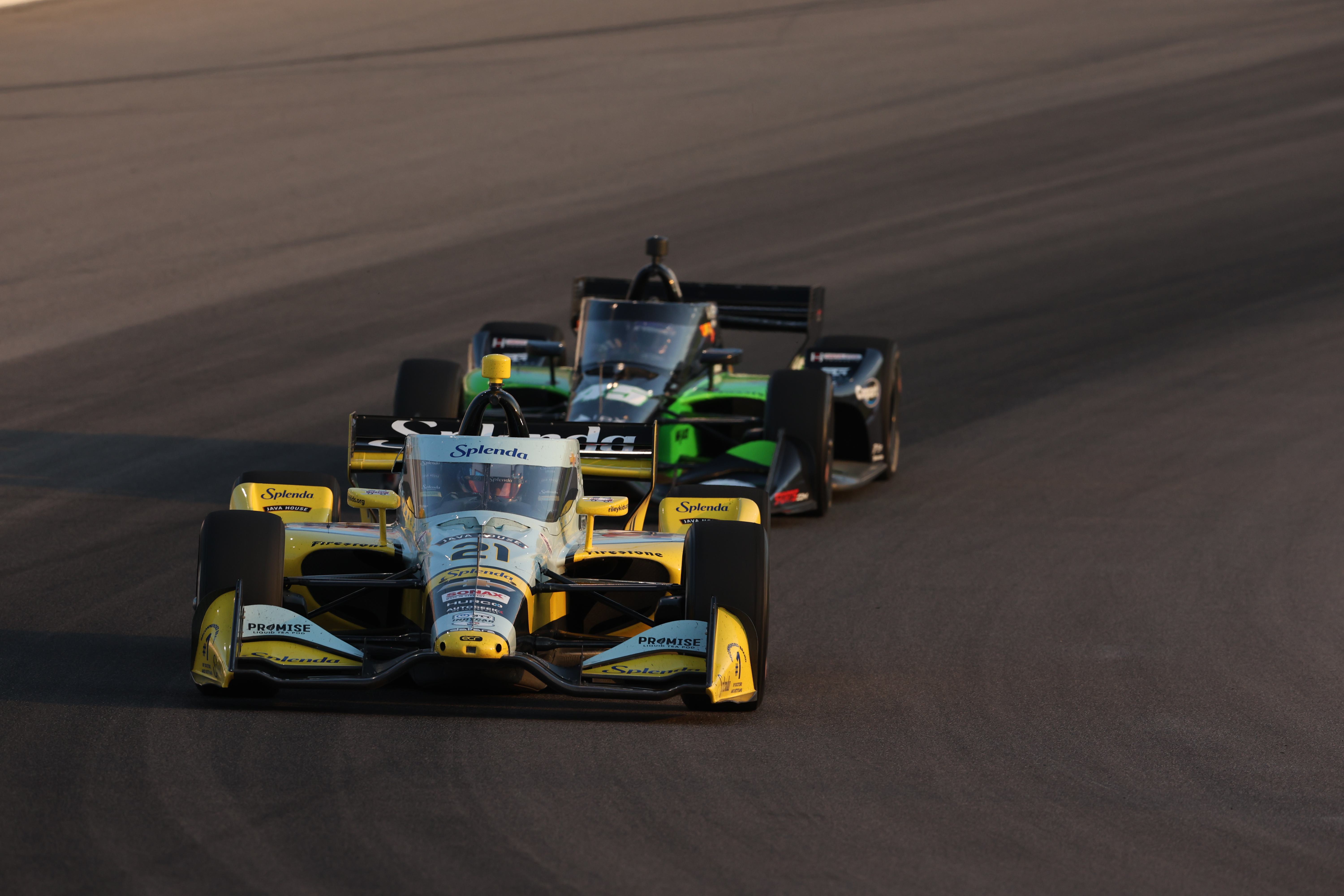Remembering Roland Ratzenberger: 28 years on
- Dan Jones

- Apr 30, 2022
- 3 min read
Written by Danny Jones, Edited by Sasha Macmillen

The events of Imola 1994 are remembered as the darkest days in F1 history. The death of Ayrton Senna on the 1st of May 1994 is still mourned to this day worldwide. The tragedy, as significant and upsetting as it is, often overshadows the death of a charismatic and talented Austrian - Roland Ratzenberger.
Ratzenberger entered F1 at 33 years old for the brand new Simtek team, and had finished an impressive 11th at the Pacific Grand Prix, after not qualifying in Brazil. Ratzenberger had previously been a class winner at Le Mans, a race he participated in 5 times, and had also competed in Formula Nippon and the British Touring Car Championship.
The 1994 San Marino Grand Prix saw a horrific accident in practice, involving Rubens Barrichello at the Variante Bassa, a chicane which once featured on the main straight at the circuit. Barrichello was unconscious and the work done by FIA doctor Sid Watkins saved his life.
Barrichello’s crash had sent shivers down the paddock, and the events on Saturday would do little to improve the somber mood. 18 minutes into the session, Ratzenberger crashed out at the Villeneuve Kink (now known as the Villeneuve Chicane - introduced after his accident), and hit the concrete barrier at 195 mph and was critically injured. The cause of the accident - a front wing failure after running over a kerb at Acque Minerali.
Ratzenberger was airlifted at 14:07, but died 8 minutes later, due to a skull fracture, as well as a blunt trauma and ruptured aorta, and tragically, became the first driver to die in an F1 car for 8 years.

Senna was inconsolable about the accident, and did not complete another lap in the remaining 42 minutes of qualifying. Professor Watkins suggested that Senna withdraw, but Senna replied: ‘I cannot quit, I have to go on.’ After Senna’s car was recovered the next day, there lay an Austrian Flag - a mark of respect for Ratzenberger - it was believed that Senna would fly it out of respect for Ratzenberger at the end of the race.
Ratzenberger’s death brought many changes into F1, the GDPA was reformed, new chicanes were added to Imola at Tamburello and Villeneuve, as well as the introduction of the HANS device in 2003 - a device specifically implemented to prevent an accident of Ratzenberger’s nature again.
The tragic events of the 1st of May 1994 overshadow the equally tragic 30th April. Senna’s death was mourned worldwide and was headline news wherever you looked. Although understandable, it is a shame that Ratzenberger has never received the same coverage. A fantastic driver in his own right, who was loved by many. Every driver of the 1994 grid attended Senna’s funeral, 5 attended Ratzenberger’s. These were Brabham, Wendlinger, Berger, Herbert and Frentzen. Max Mosley said ‘Roland has been forgotten. So I went to his funeral because everyone went to Senna’s. I thought it was important that someone went to his’.

Imola 1994 is remembered in many ways, and the death of a motorsport hero is the most poignant memory. But, Roland Ratzenberger also died doing what he loved, racing. A driver who showed his talent on multiple occasions, and unfortunately, would never receive the opportunity to prove himself in F1. He too had family and friends to mourn the loss, and a loss we still need to mourn to this day, as a mark of respect for a driver who showed the potential he had, but never got to display in the way we would have loved to see.









Comments